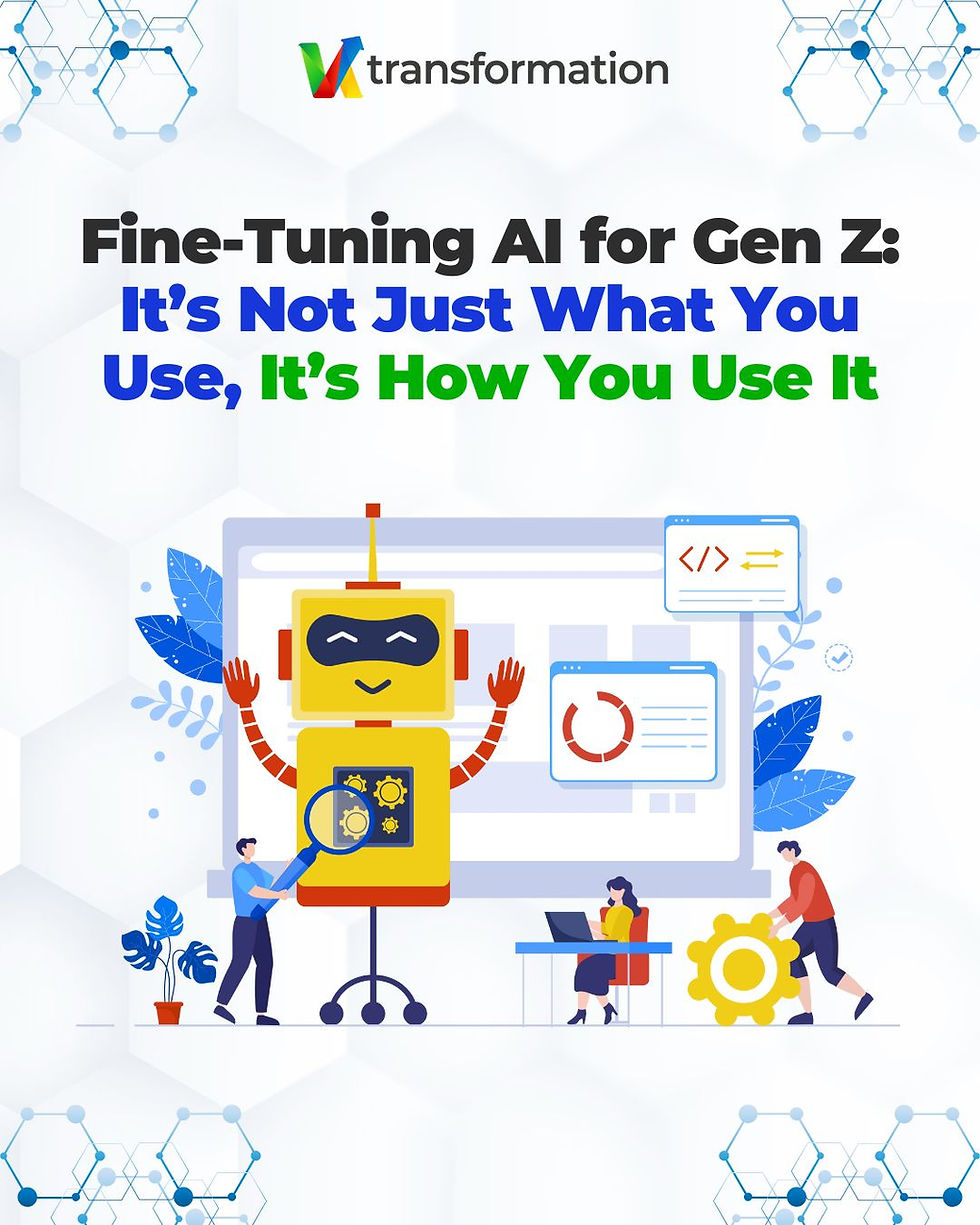Capturing Customer Insights: The First Step to Design Thinking
- Vivien Koh
- Jun 10, 2021
- 3 min read
Do you find yourself grappling with understanding what your consumers truly want? Fret not, you’re not alone. A study conducted by Reach Solutions found that only 30% of marketers were proficient in experiencing the world from their customer’s perspective. However, empathy is paramount in the design thinking process and is key to the success of any business. According to a Nielsen analysis, new product launches which succeed focus on “walking in the shoes of the consumers to uncover key demand-driven insights”. This article will explain the importance of the inspiration phase in the design thinking process and how you can gather inspiration through empathy mapping and building a customer journey map.
✨ Why is the Inspiration Phase Important in the Design Thinking Process?
It’s important to put yourself in the shoes of your consumers in order to develop a deep understanding of their thoughts and feelings towards your business’s offerings. Consequently, the insights that you have derived will not only help you to understand what your consumers need but why they need it. This will then enable you to come up with newer and more innovative ideas and solutions that will better appeal to your consumers. Our founder has often been asked the question of why there is a need to invest time in engaging with our consumers when we can simply rely on quantitative data to capture customer insights. From her experience, while quantitative research aids in capturing trends and patterns, qualitative research such as ethnographic research is very much necessary to dig deeper into why such trends occur.
Moreover, the inspiration phase sets the foundation for the remaining phases of the design thinking process. Therefore, it’s imperative to draw meaningful and actionable insights from the data that you have collected from your consumers in the Inspiration phase as these will greatly impact the quality of the ideas that you will generate during the Ideation phase.
✨ How Do You Gather Inspiration?
In this section of the article, we will share more about how we have used several tools that have proven to be extremely effective in gathering inspiration.
✅ Empathy map
The key to ethnographic research lies in gathering insights about the behaviour of your target audience in their real-life environment. One of the most effective ways would be through communicating directly with them via in-depth interviews. Through interviews, we have discovered the importance of asking the right questions that trigger the target audience’s thought process in making decisions. This is made possible with the empathy map framework. According to American computer user interface and user experience consulting firm, Nielsen Norman Group, an empathy map is a collaborative visualisation used to articulate what we know about a particular type of user.

Here at VK Transformation, we regularly practise empathy mapping when solving business problems for our clients. Upon conducting an interview with a persona for one of our clients in the snack industry, we observed a juxtaposition between what she wants (healthier options) and does (buys cheaper alternatives). We then capitalised on this valuable insight and skewed our focus and efforts towards targeting health-conscious individuals while offering the option of promotions.
✅ Customer journey map

Building a customer journey map would enable you to uncover the pain points of your end users throughout their buying journey so that you will be able to intercept them with your offerings or solutions. This type of information is hardly found in secondary research, which makes on-the-ground research highly valuable. The Interaction Design Foundation defines a customer journey map as a research-based tool which examines the story of how a customer relates to the business, brand or product over time.
The crux of a customer journey map is to reflect the movement of your consumer across the various touchpoints and channels and their corresponding emotions. We have recently conducted an extensive customer journey mapping exercise for one of our clients in the HR service provider industry and gathered many meaningful insights. To attain a deeper understanding of their consumers’ decision process, we deep-dived into each step. For instance, we probed further into their search process by asking for the keywords that they use when searching for HR workforce services. It’s extremely crucial to frame your questions as open ended questions as doing so would allow you to probe deeper and discover the reasons behind their actions.
VK Transformation has successfully helped many B2B and B2C brands to reimagine and accelerate their business models, digital brand & marketing transformation by using our bespoke design thinking driven 3DM (Discover, Design, Deploy & Measure) Consulting Framework. Let’s connect for a virtual coffee chat on how design thinking can help drive business growth: https://www.vktransformation.com/contact-us
#thursdaythoughts #designthinking #innovation #creativity #empathy #digitaltransformation #businessmodelinnovation #digitalmarketing #marketing #business #startup #smallbusiness



Comments